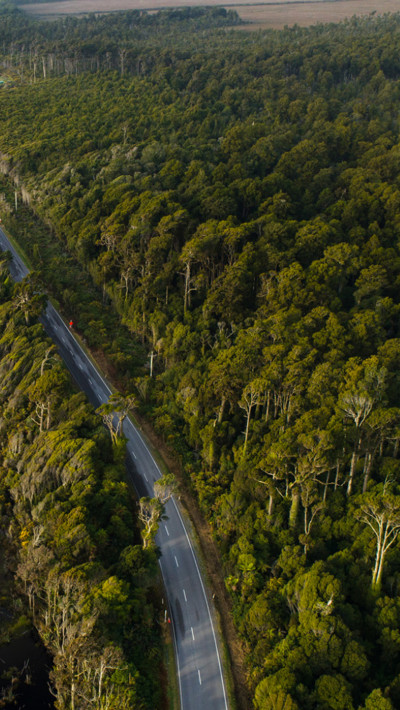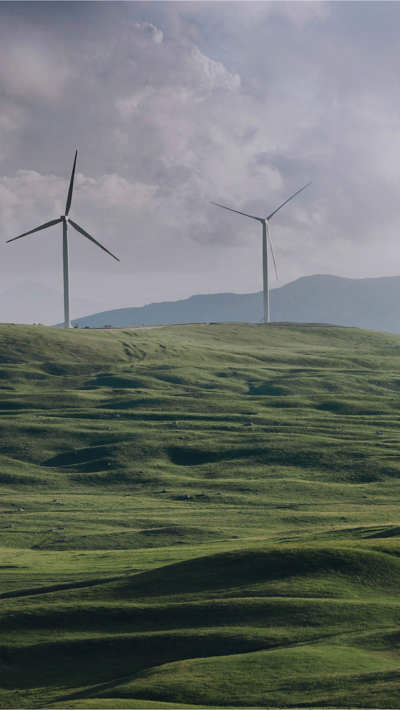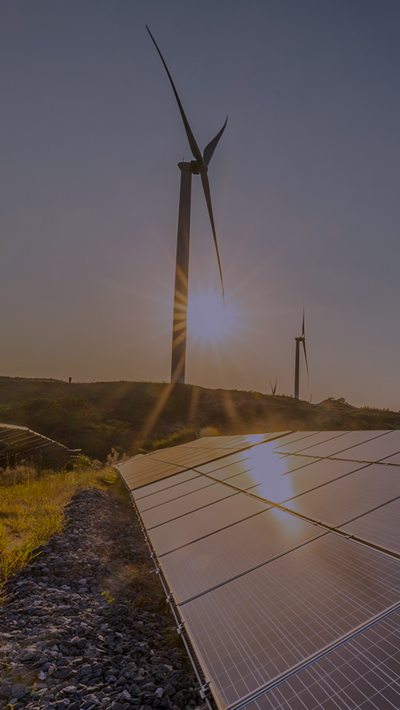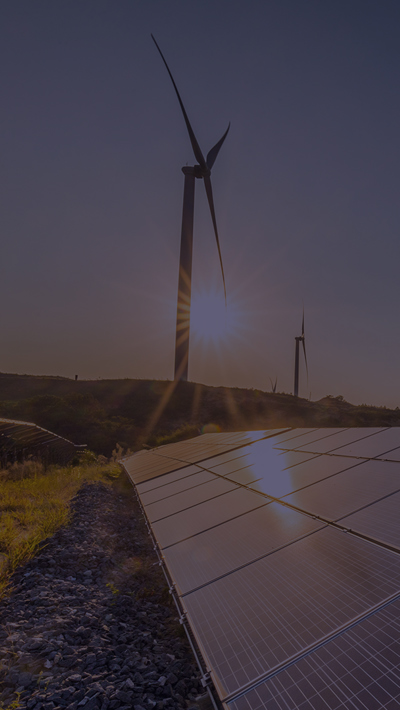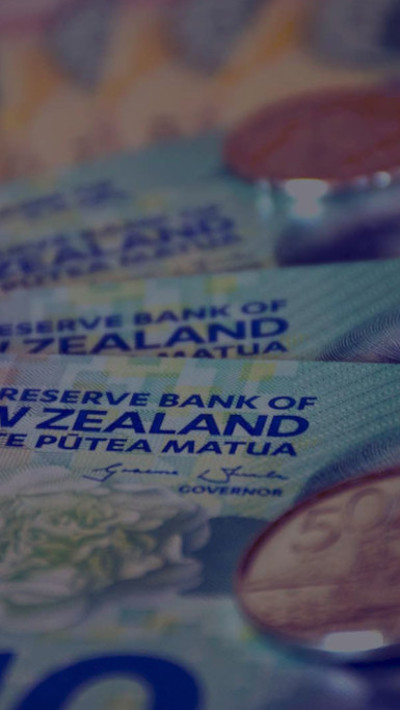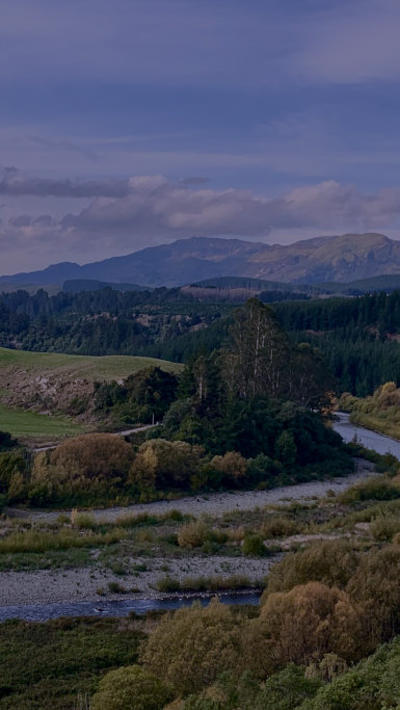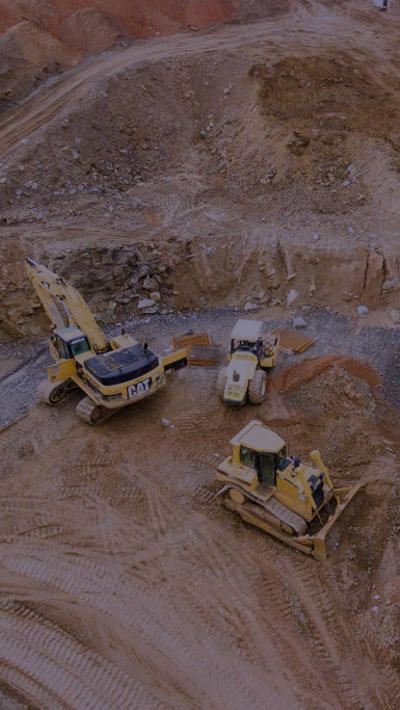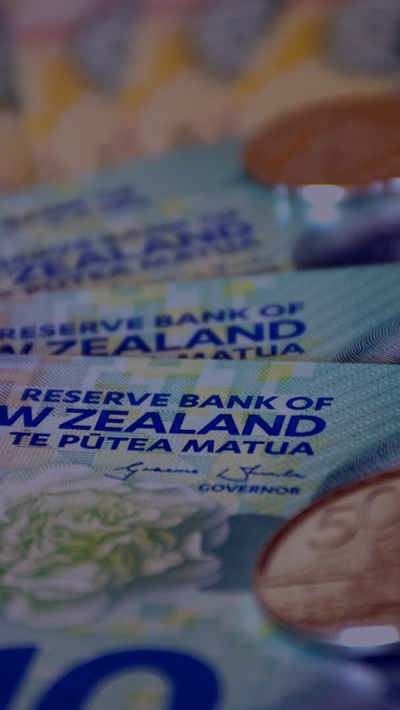Contents
The Emissions Reduction Plan will be supported by the allocation of $2.9b over the next four years to deliver on New Zealand’s climate change commitments under the Paris Agreement.
The money is being recycled from the Emissions Trading Scheme (ETS) through the Climate Emergency Response Fund (CERF), consistent with the Government’s undertaking that the revenues from the ETS will be directed to emissions reduction.
The focus is on the first of three emissions budgets which will take New Zealand through to 2035. As the below table shows, it is also the smallest, in line with the Climate Change Commission’s advice to provide for increasing ambition over time.
| 1st EMISSIONS BUDGET (2022–25) |
2nd EMISSIONS BUDGET (2026–30) |
3rd EMISSIONS BUDGET (2031–35) |
|
| All gases, net (AR5) Mt CO2-e |
290 | 305 | 240 |
| Annual average | 72.5 | 61.0 | 48.0 |
| % reduction against 2020 annual emissions | 7.99% | 22.6% | 39.1% |
The Emissions Reduction Plan (ERP) sets out a strategy to drive emissions reduction in the first budget period (2022-2025) from 301.3 megatonnes (Mt) to somewhere in the range of 289.6 to 296.1Mt - which, even at the top end, will make achieving the statutory target of net zero long lived greenhouse gases by 2050 challenging.
The investments through the CERF are expected to drive between 52% and 70% of the reduction anticipated in the first budget. Most of the expenditure is weighted towards years three and four over the budget horizon – allowing for policies to bed in, momentum to build and schemes to be piloted.
The allocation of the CERF is available here.
Sector by sector summary
Transport
Policies for transport are modelled to drive a 41% reduction in transport emissions by 2035 (compared to 2019 figures). The Government has proposed measures to increase emissions reduction from freight and reduce emissions intensity in transport fuels. The revised targets are:
► Target 1 – Reduce light vehicle fleet travel by 20 per cent by 2035 through improved urban form and providing better travel options, particularly in our largest cities.
► Target 2 – Increase zero-emissions vehicles to 30 per cent of the light fleet by 2035.
► Target 3 – Reduce emissions from freight transport by 35 per cent by 2035.
► Target 4 – Reduce the emissions intensity of transport fuel by 10 per cent by 2035.
To support these targets, the transport sector will receive the largest slice of CERF funding, $1.2b, including for the following specific proposals:
- $569m for a scrap and replace programme to support low to middle income households to transition to greener vehicles. There will be an initial trial of up to 2,500 vehicles. The Government is assuming that there will be demand as the current cost of charging an EV at home off-peak would be equivalent to buying petrol at 40c a litre
- $375m to deliver mode shift, from driving to cycling, walking and public transport
- $41m to support the decarbonisation of public transport and $20m of freight, and
- $20m to pilot a social leasing scheme next year in three low income communities under which families can lease a low emission vehicle from a community organisation.
Agriculture
The ERP assumes that agriculture will have an emissions pricing mechanism by 2025, as provided for in statute – either developed by industry or via inclusion in the ETS.
Ahead of the Climate Change Commission’s review of progress of He Waka Eke Noa Primary Sector Climate Action Partnership by the end of next month, the CERF commits significant funding to agriculture:
- $338.8m over four years to a new Centre for Climate Action on Agricultural Emissions, a public-private partnership to accelerate development and uptake of high agricultural mitigation technologies
- just over $6m to support the implementation of a pricing system for agriculture, primarily for nitrous oxide and methane, and
- $35.4m to support farmers, growers and whenua Māori entities to transition to a low carbon business model.
Forestry
To align with New Zealand’s revised Nationally Determined Contribution (NDC) under the Paris Agreement, the Government is investigating changes to avoid displacing gross emissions reductions.
Baseline projections to 2035 anticipate that forestry will deliver around 144.5 Mt CO2-E in carbon removal and storage, subject to a review of regulatory settings to ensure a greater mix of forest types, retention of important productive land uses and better management of the potential long-term environmental effects of exotic forests.
To that end the CERF funding includes:
- $256.2m to maximise forestry’s contribution to carbon sequestration, including support for native forest planting, and
- $91m to plant 10,000 ha of forest to produce woody biomass to replace the use of coal in industrial process heat.
Energy and industry
The initiatives in the ERP are projected to deliver between 2.7 to 6.2 Mt CO2-e reductions through to 2025. Most have been well signalled or are already in place, including:
- a review of the national direction tools under the Resource Management Act (RMA) for renewable generation and electricity infrastructure, with consultation planned for late 2022. These changes will flow through into the new legislation to replace the RMA
- establishing a target of 50% of total final energy consumption from renewable sources by 2035 (up from 28% in 2020)
- requirements for large energy users to report on their energy use and emissions from 2024
- changes to the ETS in respect of industrial allocation and market governance, to be legislated for later this year, and
- an investigation into managing emissions leakage and industrial allocation from this year.
Funding of $18m is also allocated for the development of the energy strategy, a hydrogen roadmap and a regulatory framework for offshore wind energy (the latter by July 2024).
The Government Investing in Decarbonisation Industry (GIDI) Fund will also be increased, beginning with $69.6m in 2022-23 and building to $223.8m in 2025-26. So far there have been three funding rounds since November 2020, during which 53 projects have been funded.
Waste and a circular economy
The Waste Strategy, announced last year and already consulted on, seeks to reduce waste going to landfills, encourage investment in infrastructure for recycling and organic waste, and expand mandatory landfill gas capture.
Specific items allocated funding from the CERF include:
- requiring that refrigerants are captured and destroyed when heating and cooking systems reach the end of their useful life, and
- $103m to improve the kerbside collection of organic waste and measures to support households to reduce their methane emissions.
Our comment
As with all strategic climate mitigation and adaptation policy (see our recent article on the National Adaptation Plan currently open for consultation), the devil is in the implementation. So the focus now shifts to the Government’s ability to make good on the planned actions and emissions reductions.
The independent Climate Change Commission will also now take a more active role, given its statutory responsibility to hold the Government to account in delivering the planned emissions reductions.
For more information or assistance on implications of the Emissions Reduction Plan or Budgets, please contact Alana or Nicola.









